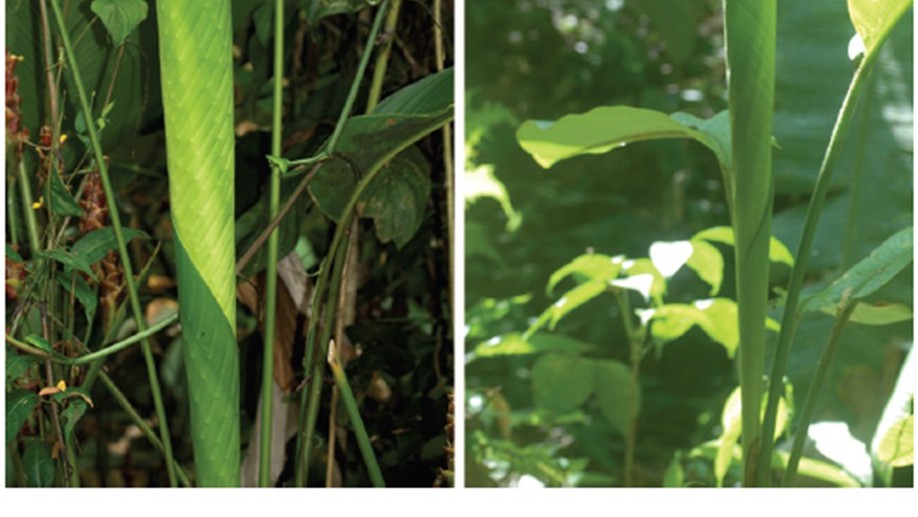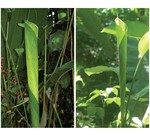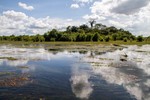Soy maestra en ciencias del Instituto de Investigaciones en Ecosistemas y Sustentabilidad (IIES) y actualmente apoyo actividades de docencia, manejo de datos y difusión de la información en la Unidad de Apoyo en Estadística y Manejo de Datos de IIES.
Me interesa investigar los diferentes factores que afectan la regeneración de los bosques tropicales secundarios. En la actualidad investigo el efecto del paisaje y el manejo agropecuario sobre la sucesión secundaria en paisajes antropizados. Tengo un especial interes en el estudio de factores a diferentes escalas espaciales y temporales.
Interests
- Sucesión secundaria en paisajes antropizados
- Regeneración de bosques tropicales
- Ecología y manejo del paisaje
Education
-
Msc Ciencias Biológicas, Manejo Integral de ecosistemas, 2020
Universidad Nacional Autónoma de México
-
Biología, 2017
Universidad Nacional de Colombia




